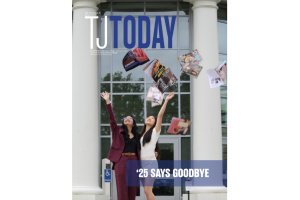A brief explanation of shot reverse-shot
June 23, 2021
What’s the most basic way to shoot a conversation in a movie? Well, that’s simple: shot reverse-shot! In shot reverse-shot, you shoot two angles for a conversation, and whenever a character talks, you cut to them. Here’s an example:
 “I’m not a fan of you coming in every night with a new bunch of dry pasta.”
“I’m not a fan of you coming in every night with a new bunch of dry pasta.”
 “What, me?”
“What, me?”
 “Of course it’s you, who else would I be talking to?”
“Of course it’s you, who else would I be talking to?”
 “I have no clue what you’re talking about.”
“I have no clue what you’re talking about.”
 “Lisa! What did I say about pasta? Put that down!”
“Lisa! What did I say about pasta? Put that down!”
Anyway, example aside, this is a decent and very easy technique to shoot and edit dialogue. It’s also very easy to get right, since all you have to do is make sure that the person talking is on screen, unless there’s an important reason not to. It’s also theoretically a decent way to cover up your mistakes in post, because if one actor needs to redo their dialogue for a script change or a bad line read, you can just cut to the other actor. Sure, it looks bad, but it’s been done.
In short, shot reverse-shot is good when two characters are pretty much static and just talking to each other. It wouldn’t really work in, say, a musical number, but no one would ever shoot a musical number in shot reverse-shot, so I don’t even know why I mentioned that.





